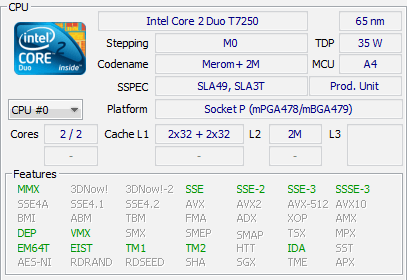11
foobar2000 mobile / Bogus rejection from Google Play
Last post by Peter -Quote
Status: Latest app update not accepted into Android TV on Google PlayScreenshot they attached:
We’ve reviewed your appeal request and found that your app, foobar2000 (com.foobar2000.foobar2000), still contains eligibility issues. We’ve included details below about the specific issue with your app and what you can do to meet the requirements for Android TV.
Step 1: Fix the eligibility issue with your app
During review, we detected the following eligibility issue and were unable to accept your app for Android TV:
No full-size app banner
Your app (version code 847) does not contain a full-size app banner and/or icon, or it is not visible in the launcher. We are targeting 1080p, which we consider xhdpi. Apps should include the banner in the xhdpi (320 dpi) drawables folder with a size of (320px × 180px) and the icon with a size of (512px x 512px). Please refer to our Provide a home screen banner article and UI Patterns documentation.
The title should help users identify apps in the launcher. Please refer to our Visual design and user interaction documentation for more information.
For example, your icon does not fill the entire icon space. See attached screenshot.

Can anyone more competent at Android development explain to me what the heck this is about?
High-resolution TV banner is included. I don't know what their problem with the icon is. From the above, I'm not really sure if the problem is icon, banner, or something else.
Offending app bundle is same as these APKs.
Thanks in advance.
